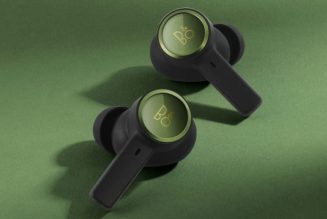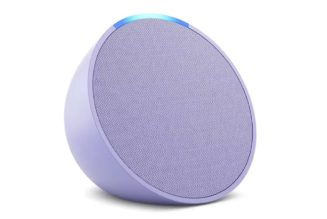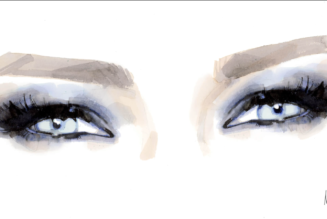After Logitech CEO Hanneke Faber described a prototype mouse with upgrades you might pay for, the company says it’s not an actual product.
Share this story

“There are no plans for a subscription mouse,” said Logitech communications head Nicole Kenyon in a statement provided to The Verge and other publications.
The statement came in response to immediate backlash over a concept described by Logitech CEO Hanneke Faber shared her company’s early concept of a “forever mouse” with The Verge’s EIC Nilay Patel on the Decoder podcast. Faber described the potential mouse as a high-quality, software-enabled mouse that lasts as long as a good wristwatch.
“The forever mouse, I think, is one of the things that we’d like to get to,” said Faber at the time. The ensuing outcry around the idea that Logitech might be planning to make you pay monthly for a common computer peripheral was fierce.
Now, Kenyon writes in response to inaccurate reports about the interview, Logitech’s stance is “The mouse mentioned is not an actual or planned product but a peek into provocative internal thinking on future possibilities for more sustainable consumer electronics.”
(This was actually Logitech’s second statement to try and mitigate confusion from Faber’s comments. The first was to assure customers of its smart home cameras that it wasn’t discontinuing them, as Faber’s comments on the podcast implied.)
Subscription fatigue is real. Companies that provide ongoing software support for products such as mice and keyboards clearly need to fund that, but “a subscription model” can’t be the default response for every CEO looking for new revenue streams.
You can listen to the discussion for yourself, or read the relevant section below, and see how “provocative” the idea seems.
Faber: The other day, in Ireland, in our innovation center there, one of our team members showed me a forever mouse with the comparison to a watch. This is a nice watch, not a super expensive watch, but I’m not planning to throw that watch away ever. So why would I be throwing my mouse or my keyboard away if it’s a fantastic-quality, well-designed, software-enabled mouse. The forever mouse is one of the things that we’d like to get to.
Patel: What made the mouse a forever mouse?
It was a little heavier, it had great software and services that you’d constantly update, and it was beautiful. So I don’t think we’re necessarily super far away from that.
But, again, I just come back to the cost. You sell me the mouse once. Maybe I’ll pay 200 bucks for it.
The business model obviously is the challenge there. So then software is even more important when you think about it. Can you come up with a service model? In our video conferencing business, that is now a very important part of the model, the services, and it’s critical for corporate customers.
Let’s come to that in a second because that makes sense to me. You sell managed services to enterprises. You price support contracts for cameras and whatever. That’s an ongoing need businesses have. I’m still stuck on, “You’re going to sell me a mouse once and it’s going to have ongoing software updates forever.”
Imagine it’s like your Rolex. You’re going to really love that.
But Rolex has to employ software engineers to ship me over-the-air updates forever.
But the artifact is like your Rolex, and then given that we know the technology that we attach to changes, it’s not going to be like your Rolex in that it doesn’t have to ever change. Our stuff will have to change, but does the hardware have to change? I’m not so sure. We’ll have to obviously fix it and figure out what that business model is. We’re not at the forever mouse today, but I’m intrigued by the thought.
It certainly will help with sustainability. There are two ways people have traditionally proposed monetizing hardware over time. It’s subscription fees and it’s advertising. Is there a third way that I don’t know about that you’re thinking of?
No. The third way is the traditional model of “we innovate and we have you upgrade.” That’s the current model. And we’re pretty damn good at that model because we have pretty damn good innovators around the company who do come up with fabulous products.
That is definitely the model today. It’s not a bad model at all, especially since we’re continuing to design for more sustainable products. We’re continuing to recycle and refurbish products. All of that is good. But that said, I am intrigued by a forever mouse or forever video conferencing solution that you just update with software and create a business model around that.
I’m going to ask this very directly. Can you envision a subscription mouse?
Possibly.
And that would be the forever mouse?
Yeah.
So you pay a subscription for software updates to your mouse.
Yeah, and you never have to worry about it again, which is not unlike our video conferencing services today.
But it’s a mouse.
But it’s a mouse, yeah.
I think consumers might perceive those to be very different.
[Laughs] Yes, but it’s gorgeous. Think about it like a diamond-encrusted mouse.
Listen to Decoder, a show hosted by The Verge’s Nilay Patel about big ideas — and other problems. Subscribe here!











